To Australian spirit enthusiasts – and this humble scribe who’s been documenting the rise of Australian spirits since the early days – the thought of travelling around Australia visiting craft distilleries and tasting their spirits seems like a dream job. That’s what Luke McCarthy, author of the soon to be released book, The Australian Spirits Guide has achieved.
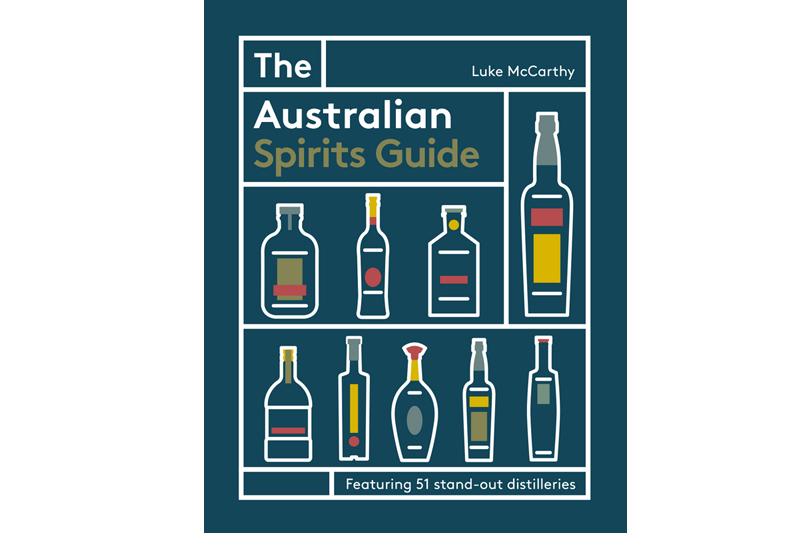
Luke McCarthy is renowned bartender from Melbourne’s Whiskey and Alement and drinks column writer at Executive Style. His project has taken him all around Australia visiting 51 distilleries and documenting a nascent industry that is taking on the world and winning international awards.
His book, The Australian Spirits Guide starts with a Foreword by Bill Lark, the “Godfather of Australian whisky” and the man responsible for changing the archaic Distillation Act of 1901. The book is divided into spirit categories (vodka, gin, rum, brandy, whisky and other spirits), and features “Meet the Trailer Blazer”, interviews with key Australian spirit personalities such as Still Maker Peter Bailly, “Spike” from Hoochery Distillery, Cameron Mackenzie from Four Pillars Gin and Peter Bignell of Belgrove Distillery.
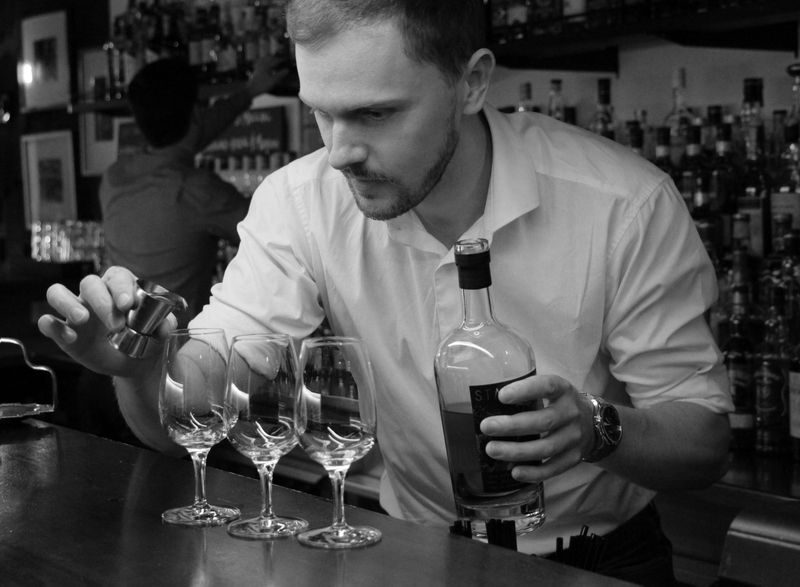
We spoke with Luke McCathy to learn more about his book and get his opinion on the current state and future of Australian distilling.
Corinne: The book features 51 Australian distilleries. What factors made you decide which spirits to feature from each distillery?
Luke: There were a number of factors to consider. So it might help if I explain the process a bit, because the process, while fun, daunting, humbling, and a bit wild at times, was also tortuous. Tortuous because I wanted to ensure the best spirits were featured, and that I properly represented the industry and the passionate folks who’ve built it up from nothing.
I’ve written about and served a lot of Aussie spirits as a Fairfax columnist and bartender, so I understood which spirits would be in the mix. But well before the list of spirits was finalised, I travelled to distilleries right across Australia to find out exactly how each spirit was produced and taste them at the source with the distillers themselves (there was only a handful I didn’t get to).
I love going to distilleries. I’ve probably visited over a hundred all over the world now (I’ve got a problem). You learn so much by understanding each distiller’s process: the equipment they’re working with, the ingredients they’re using, the products that have inspired them.
From there, there was a lot of drinking. Some of that was done at bars and distilleries where I’m lucky to know some top bartenders, spirits judges and distillers. We’d taste each spirit, often blind, figure out the best ways to drink it or mix it, gain an understanding of its strengths and weaknesses, and then taste them against benchmark Australian and international products to see how they compared.
About six months later, when my liver was about ready to resign, I pooled all that knowledge together, drew up some lists, and then made some tough decisions. As I say in the book, flavour was paramount, but I also considered more technical stuff like judging each spirit by style, or, how successfully a spirit might challenge our interpretations of style; distinct processes and ingredients used; how certain spirits illuminate different aspects of the industry; and how well they embody the people and places they hail from.
In your bartending career, you would have sampled many spirits from all around the world. Was there a singular Australian spirit that took you by surprise?
Hard to nail it down to a single spirit. When I first travelled to Tassie a number of years ago and tasted the incredible whiskies being produced down there, to say I was surprised would be a massive understatement. Likewise, when I first came across St Agnes and Black Bottle – I was stunned that brandy of that quality was being produced here in Australia. Same goes for the fantastic rums we create, particularly in the far north. A vodka distilled from sheep’s whey was a crazy revelation. And it’s hard not to be consistently amazed by the creativity on show in Australian gin land.
We’re in the midst of the Australian gin boom with several distilleries creating new gins or building on their existing portfolio. Has Australian gin reached saturation point and is there a market for all the gin expressions?
It’s a question a lot of folks in the drinks community are pondering, and something I’ve written about previously. Yes, the Australian gin category has exploded in a short period of time. But even if it has reached saturation point, there’s nothing stopping either a newcomer or an established producer from taking the scene by storm with a gin that captures people’s imaginations, tastes excellent, mixes well and has a wicked story to tell.
The Australian craft beer scene is a great example. Some fantastic new breweries have emerged in the last two years with brilliant beers that have found a huge audience, right at a time when many thought the industry was getting pretty crowded.
But one of the best things about all this growth is – there’s less room for shit gin now. People are really engaging with the category in a more sophisticated way, and many of them are beginning to understand what they like, and why. People are now asking questions like: how do you actually define gin? What does great gin taste like? How is great gin produced?
So there’s still plenty of opportunity for producers who thoroughly understand the category and figure out what consumers, and particularly bartenders, are looking for.
In your travels and meeting distillers around Australia, you would have met some great Aussie personalities. Is there anyone in particular who stood out for you?
Sampling distilled ginger beer with Peter Bignell and then sheering sheep afterwards was good for a laugh. As was busting out the guitars and playing How to Make Gravy with Brian and Genise Hollingworth after a few cask strength rums and single malts at Black Gate Distillery. And road tripping from Darwin to Kununurra to visit Spike Dessert at The Hoochery – that was an experience I’ll never forget. It’s incredible country out there.
One of the best things about covering the industry is just catching up with these inspiring men and women and hearing their stories. The women in particular, I hope we start to see the many talented women in the industry front and centre in the next few years.
Ultimately, there are so many great characters in the Aussie spirits industry, and so many stories that are best kept off the internet.
What do you predict to be the next big Australian spirit?
It’s hard to see gin and whisky being challenged in the next few years, such is their current dominance. But there’s some amazing rum projects in the offing, so look out when they come to fruition. And considering we make so much amazing wine here, it’d be great to see some of it distilled into quality brandy. Australia has an incredible heritage of brandy production. I’d love to see more quality brandy produced here.
Where do you see the Australian spirit industry heading in the next three years?
New distilleries will continue to materialise. But at the same time, there’ll probably be a rationalisation as well, as the folks who thought they’d make a quick buck realise there’s no quick bucks to be made in an industry where the startup and running costs are so high and the stuff you produce gets taxed to all buggery. That said, I wouldn’t be surprised if some big players emerge and take advantage of economies of scale, which is how most spirits industries across the world have thrived.
As mentioned above, gin will continue to do its thing, and a lot of rum and whisky will hit the market in three years’ time, considering how much spirit is now being filled into barrels. Across the board, the quality and consistency of Aussie spirits will continue to improve, and the branding and marketing side of things will get more sophisticated, especially as new upstart producers put pressure on the more established distilleries.
Discussions around the classification and regulation of certain categories will possibly get more heated as well, with whisky in particular. They’re already pretty heated now, as both new and old distillers are looking to innovate and experiment.
But whatever happens next, there’s plenty of amazing booze to look forward to.
Luke McCarthy’s The Australian Spirits Guide is published by Hardie Grant Books, RRP $39.99, and is available in stores nationally from 1 October 2016.
Photo Credit: Hardie Grant Books, used with permission

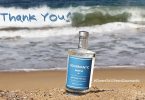

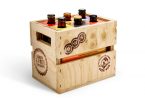
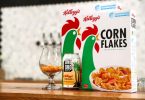
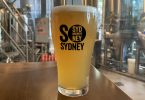
[…] and other spirits), and features interviews with key Australian spirit personalities. More about The Australian Spirits Guide […]
[…] The Australian Spirits Guide is out on October 1st. We speak with the author, Luke McCarthy. […]